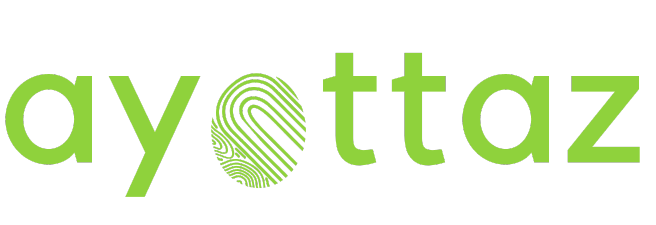Cybersecurity
- How Ayottaz maintains competitive prices through strategic vendor partnerships
- Ayottaz’s Professional and Expert Cybersecurity Consulting – Strengthening Your Digital Defenses
- Enhancing Cybersecurity with Security Information and Event Management (SIEM)
- Safeguarding Sensitive Data with Encryption and Data Loss Prevention (DLP) Solutions – Ayottaz’s Expertise as an SI and Reseller
- Strengthening Cybersecurity with Antivirus and Anti-Malware Software – Ayottaz’s Expertise as an SI and Reseller
- Enhancing Network Security with Firewalls and Intrusion Detection/Prevention Systems – Ayottaz as Your Trusted SI and Reseller
- Vulnerability Assessment and Penetration Testing (VAPT): Why Your Business Needs It
